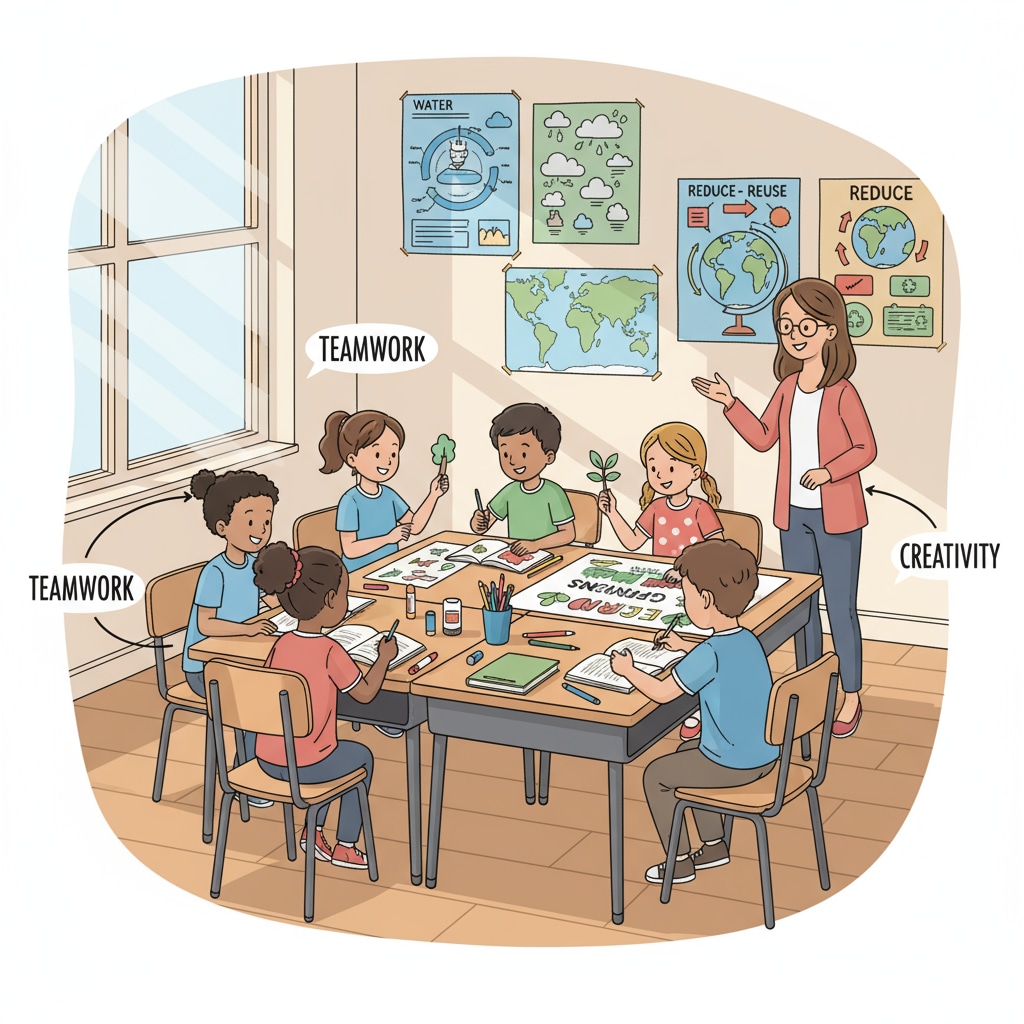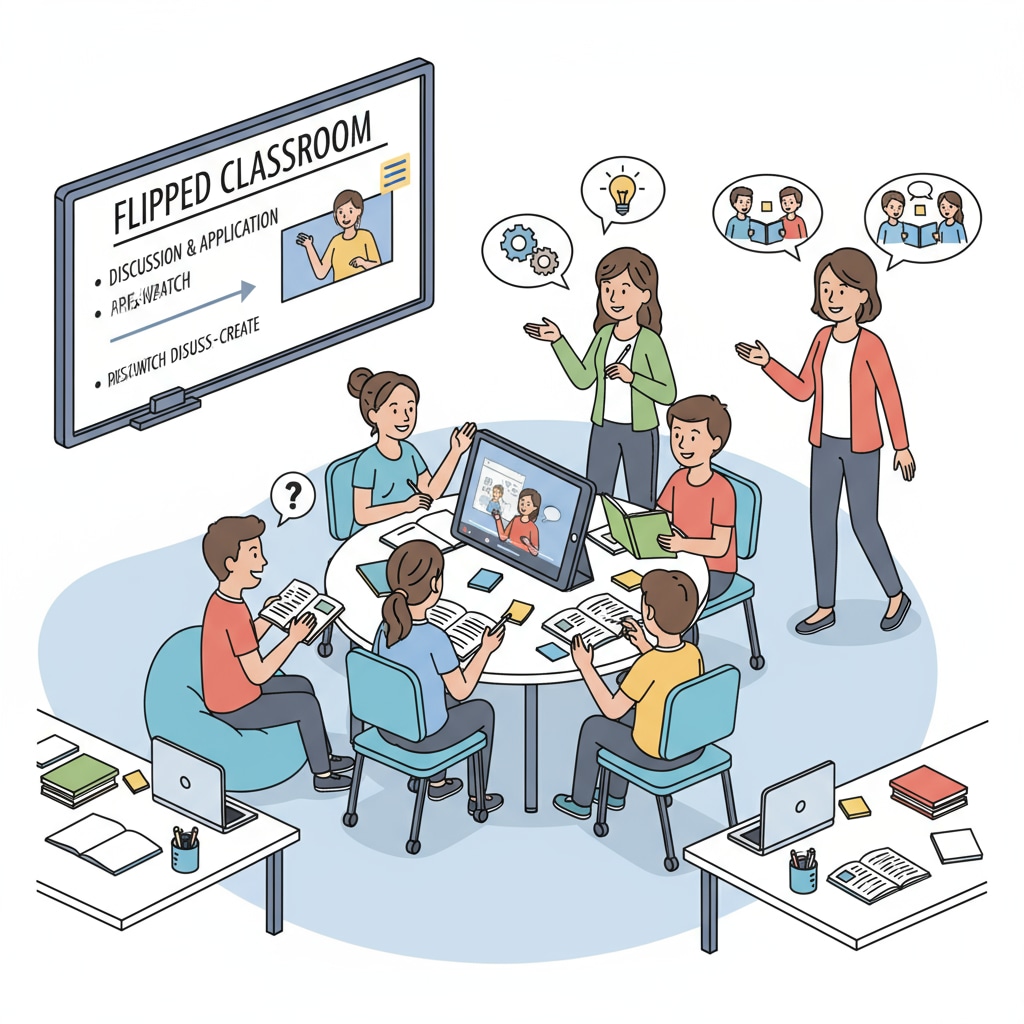Homework alternatives, project-based learning, and flipped classroom are becoming increasingly important in the modern K12 educational landscape. The traditional concept of homework is facing questions regarding its effectiveness. For decades, students have been burdened with hours of daily homework, but is it truly the best way to enhance learning? Let’s explore some innovative solutions.

The Flawed Nature of Traditional Homework
Traditional homework often involves rote memorization and repetitive tasks. For example, students may be required to copy vocabulary words multiple times or solve numerous math problems from a textbook. However, this approach fails to engage students on a deeper level. As a result, many students view homework as a chore rather than an opportunity to learn. According to The National Education Association, excessive homework can lead to stress, burnout, and a negative attitude towards learning.
Project-Based Learning: A Hands-On Alternative
Project-based learning offers a refreshing alternative. In this approach, students work on real-world projects that require them to apply their knowledge and skills. For instance, they might design a sustainable city or create a marketing campaign for a local business. This not only deepens their understanding of the subject matter but also enhances critical thinking, problem-solving, and teamwork abilities.

As stated by Edutopia, project-based learning allows students to take ownership of their learning and develop practical skills that are valuable in the real world.
Another advantage of project-based learning is that it can be tailored to different learning styles. Visual learners can create presentations, while kinesthetic learners can engage in hands-on activities. This flexibility makes it a more inclusive and effective learning method.
The Flipped Classroom Model
The flipped classroom is yet another innovative approach. In a flipped classroom, students watch pre-recorded lectures or tutorials at home and then engage in discussions, problem-solving, and hands-on activities during class time. This reverses the traditional model where lectures are delivered in class and homework is assigned for practice. As a result, students can learn at their own pace and have more time for in-depth discussions and interactions with their peers and teachers. For example, they can pause, rewind, or fast-forward the videos to ensure they understand the concepts. According to TeachThought, the flipped classroom model promotes active learning and improves student engagement.
Readability guidance: The article uses short paragraphs and lists to summarize key points. Each H2 section provides a list of benefits or examples. The passive voice and long sentences are kept to a minimum, and transition words are used throughout to enhance the flow of the text.


